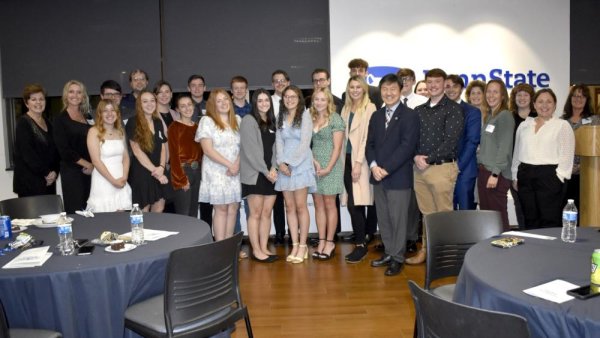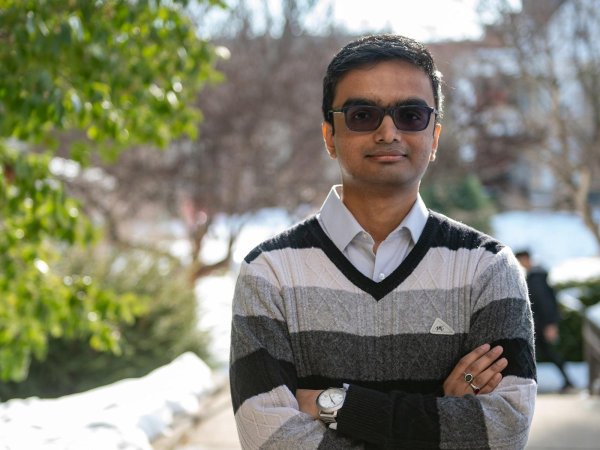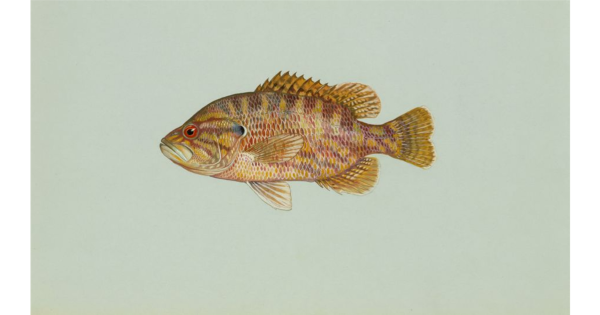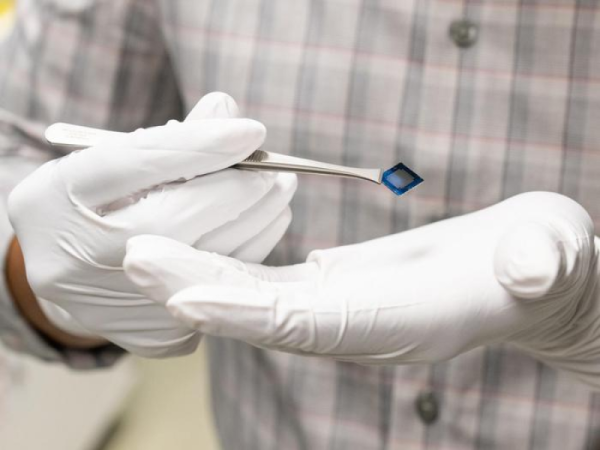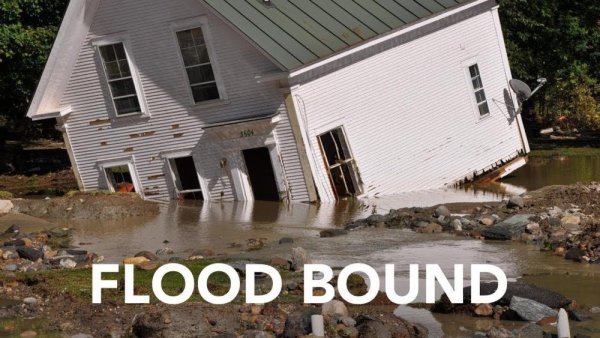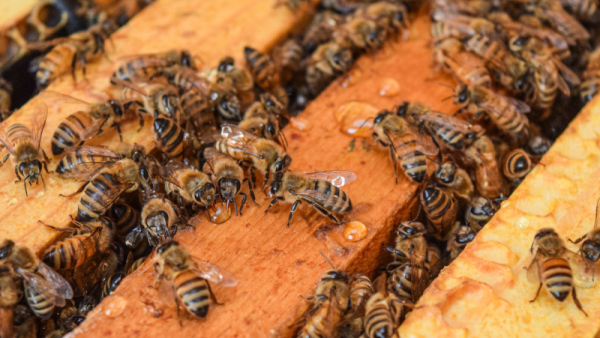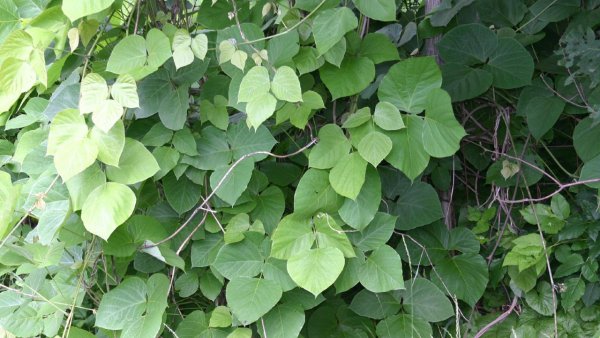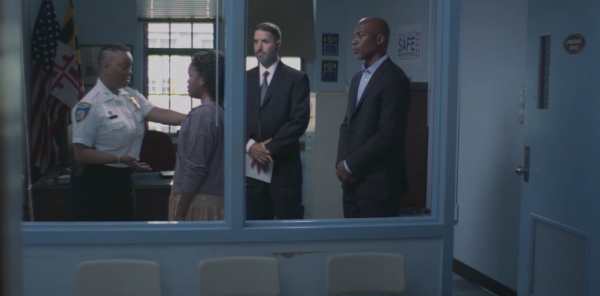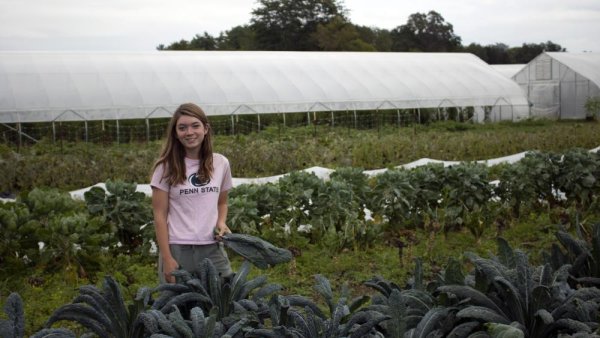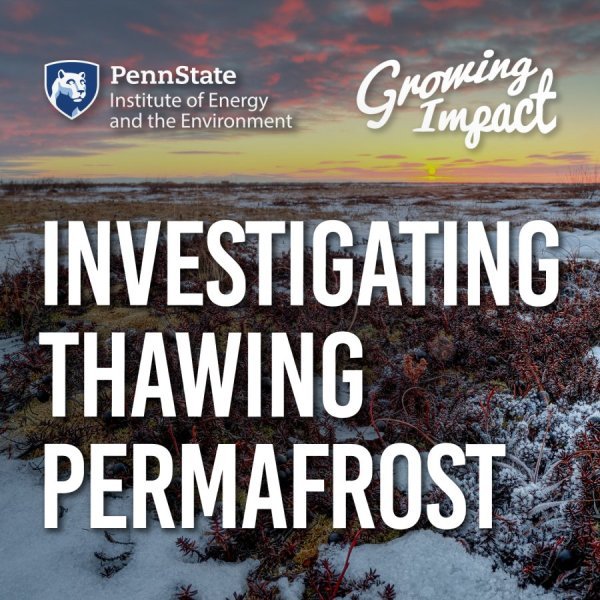Penn State DuBois honors students recognized during second annual banquet
| psu.edu
Penn State DuBois recently recognized students and honors scholars gathered with friends, family, faculty, and staff at the Hiller Student Union to celebrate their outstanding academic achievements.
Engineering faculty member receives Electron Devices Society Early Career Award
| psu.edu
The Institute of Electrical and Electronics Engineers Electron Devices Society honored Abhronil Sengupta, the Joseph R. and Janice M. Monkowski Career Development Assistant Professor of Electrical Engineering at Penn State, with its Early Career Award.
Pa. endangered species series: Warmouth
| thecourierexpress.com
Warmouths have specific habitat requirements. They prefer natural lakes, ponds, marshes, and low-gradient sections of creeks and rivers. Warmouths prefer substrates of sand, gravel, and mud, dense growths of aquatic vegetation, and relatively clear waters (Steiner 2013). In Pennsylvania, warmouths can be found in the most western counties, from Erie County to Greene County. This article mentions Penn State research.
Making AI smarter with an artificial, multisensory integrated neuron
| new.nsf.gov
The collective sum of biological inputs can be greater than their individual contributions. Robots tend to follow more straightforward addition, but Penn State researchers have now harnessed the biological concept for application in artificial intelligence to develop the first artificial, multisensory integrated neuron.
First 2023-24 'Soundings' film screening to focus on Appalachian region flooding
| psu.edu
Penn State Sustainability and Penn State’s Water Council will relaunch their "Soundings" water film series for 2023-24 at 7 p.m. Nov. 15 with an online screening of "Flood Bound," a film focused on community resilience in the face of flash flooding in the Appalachian region, followed by a post-film panel featuring Penn State faculty experts and emergency management experts from Vermont.
Using machine learning, existing fiber optic cables to track Pittsburgh hazards
| psu.edu
Existing fiber optic cables used for high-speed internet and telecommunications, in combination with machine learning, may be able to help scientists track ground hazards in Pittsburgh. The National Science Foundation awarded a $937,000 grant to a team of Penn State and Carnegie Mellon University researchers to further develop the low-cost monitoring approach.
Dangerous bee virus less deadly in at least one US forest, researchers find
| psu.edu
This year’s cold and flu season is bringing good news for honey bees: Penn State researchers have found that the deadly deformed wing virus may have evolved to be less deadly in at least one U.S. forest.
These invasive plants are the most concerning to Pennsylvania
| abc27.com
You’re probably used to seeing invasive creatures like spotted lantern fly or the Japanese beetle, but did you know there are about 300 species of invasive plants, insects, pathogens, and animals that currently or could potentially negatively impact Pennsylvania. This article mentions Penn State extensions.
How effective are public service announcements? Three scholars weigh in
| theconversation.com
The US attorney for the District of Maryland recently released a PSA to help stem the tide of violence in the state. But will it work? This article was co-written by Jessica Myrick, professor of media studies.
Penn State senior selected as Marshall Scholarship finalist
| psu.edu
Penn State senior Vancie Peacock recently was selected as finalist for a 2024 Marshall Scholarship. Peacock, of Memphis, Tennessee, is a biological engineering major in the College of Agricultural Sciences and a Schreyer Scholar.
NIH diversity grant to fund student’s 3D bioprinting research
| psu.edu
Bioprinted, lab-grown networks of blood vessels in tissue could advance research on a variety of vascular diseases that affect millions of people worldwide, according to Angie Castro, a doctoral student pursuing a degree in Chemical Engineering at Penn State. Castro works in the Bio-Soft Materials Laboratory, where she focuses on 3D printing granular scaffolds for tissue engineering and regeneration to meet precise medical needs.
How hot is too hot for the human body?
| insidehighered.com
How hot is too hot? This podcast episode quotes, S. Tony Wolf, assistant professor in the Department of kinesiology.

